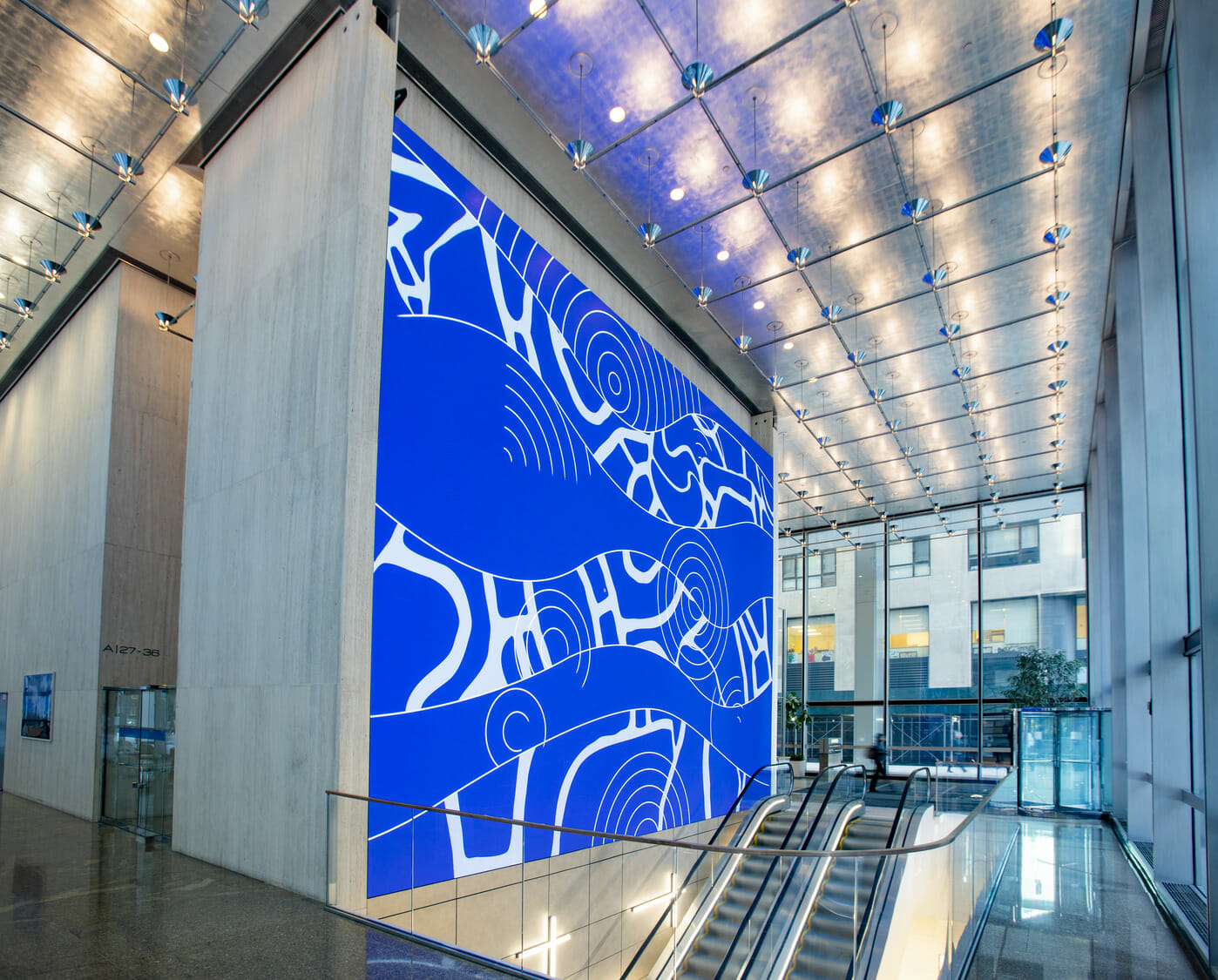Examining the Wide-ranging Connectivity Options Offered for LED Display Modules
Light Emitting Diode display panels have gained traction for their capacity to deliver high-quality imagery in multiple settings, from corporate environments to event venues. One of the most significant aspects of these systems is their interface capabilities, which allow users to connect them to multiple devices and systems. Comprehending the diverse input options supported for LED wall panels is essential for maximizing their use and effectiveness. This discussion explores these features, highlighting how they can adapt to specific needs and preferences.

One common connection approach for Light Emitting Diode wall panels is HDMI. HDMI is widely known for transmitting crisp video and audio streams between devices. This connection type is particularly useful in commercial settings, such as conference rooms or training rooms, where visual content or video content are often shared. By using HDMI cables, operators can easily connect laptops, projectors, and streaming equipment to Light Emitting Diode wall panels, ensuring a clear and dynamic display of information.
Another commonly used connectivity option is Display Port, which is similar to High-Definition Multimedia Interface but offers enhanced advantages. DisplayPort can support elevated refresh rates and resolutions, making it an excellent choice for interactive media or graphic-intensive applications. For those deploying Light Emitting Diode wall panels in environments where output quality is critical, such as esports arenas or creative workspaces, DisplayPort can provide the necessary visual clarity. Moreover, many modern computers and graphics cards include DisplayPort connections, making it a convenient solution for technology-oriented users.
In contrast to HDMI and DisplayPort, cordless transmission options are becoming increasingly prevalent in Light Emitting Diode wall panel solutions. Wireless interfaces allow users to transmit content without the need for physical cables, enabling a streamlined and more flexible setup. Platforms such as wireless internet and Bluetooth enable users to connect smartphones, tablets, and laptops directly to Luminescent Diode wall panels without tangled wires. This convenience is especially advantageous in fast-paced environments like trade shows or events, where rapid adjustments to displays are often needed.
For larger deployments or more intricate configurations, network connectivity through Ethernet is another viable solution. Wired links provide a consistent and robust way to connect multiple Light Emitting Diode wall panels within a system. This approach is ideal for digital signage applications found in shopping malls or transport hubs, where multiple panels may need to present synchronized content across a wide area. By using Ethernet cables and routing hardware, users can ensure that all connected panels receive consistent updates and content efficiently.
Finally, it's important to consider the future of connectivity with technologies such as Universal Serial Bus-C and Thunderbolt Three. These next-generation interfaces offer enhanced data transfer rates and flexibility by allowing one cable to handle both power delivery and data transmission. As more devices adopt these standards, LED wall panels equipped with USB-C ports will likely become more prevalent. This shift in integration not only improves the functionality of Luminescent Diode wall panels but also coincides with the emerging trend of minimalism in technology setups by reducing the number of cables required.
In summary, examining the Recommended Reading broad connectivity methods accessible for Light Emitting Diode wall panels reveals many possibilities for users across various fields. From traditional methods like HDMI and DisplayPort to contemporary wireless technologies and LAN setups, each pathway serves specific purposes tailored to specific needs. Additionally, emerging technologies like USB-C promise further advancements in how professionals utilize Luminescent Diode wall panels. By grasping these integration alternatives, end-users Go Here can make strategic selections that enhance their overall experience with these versatile display tools.